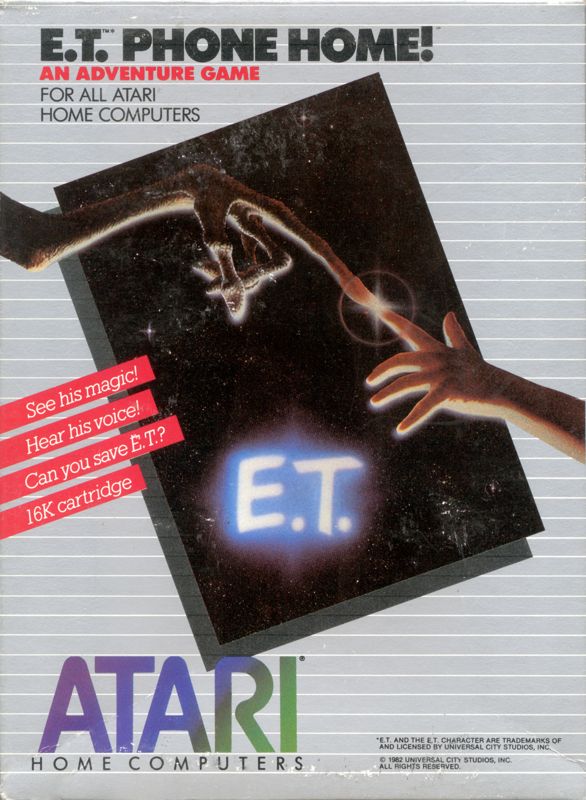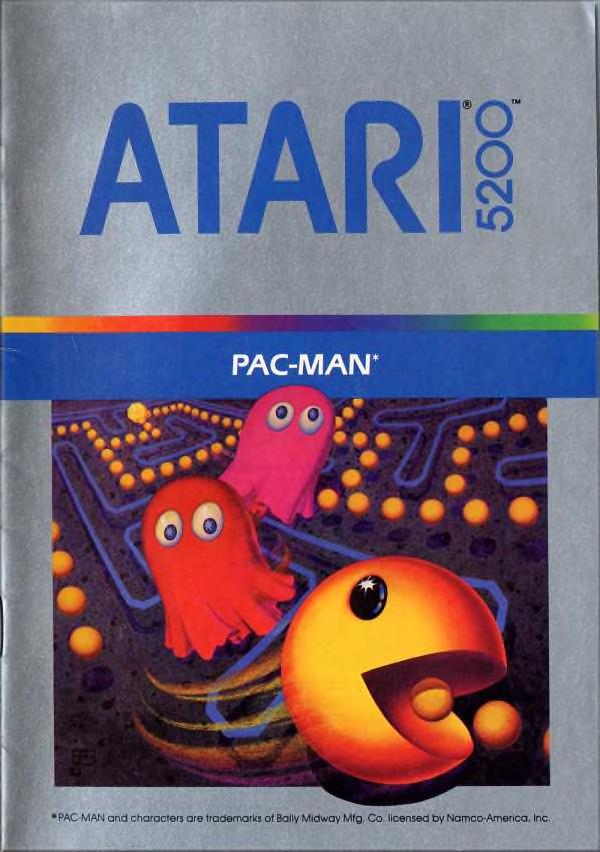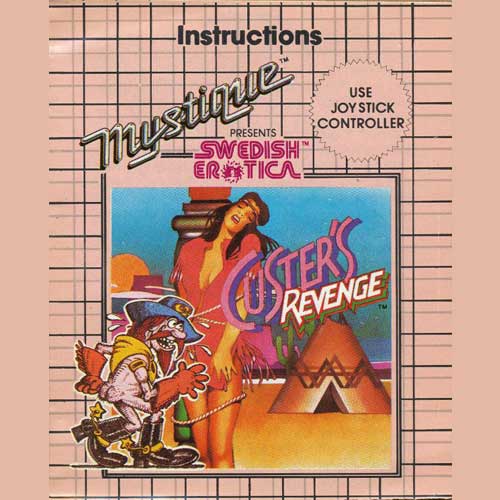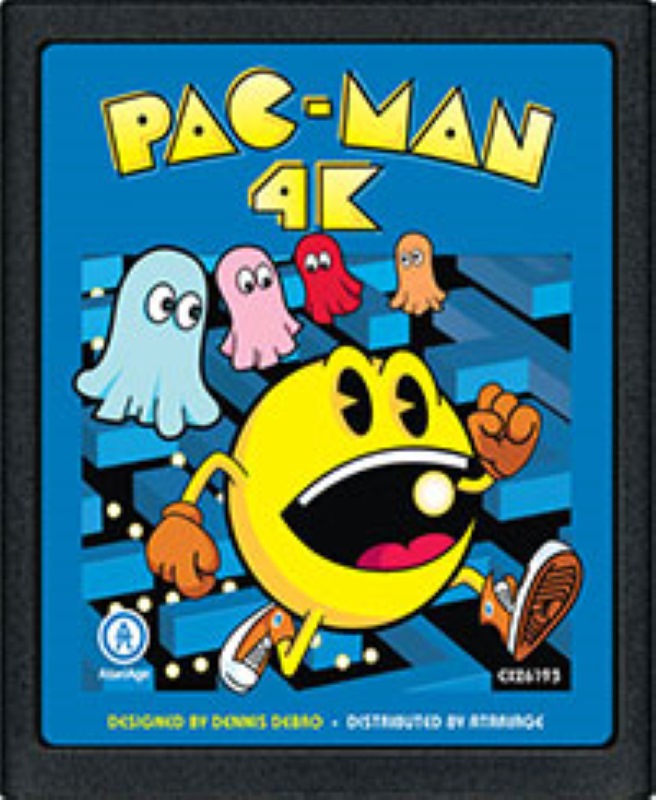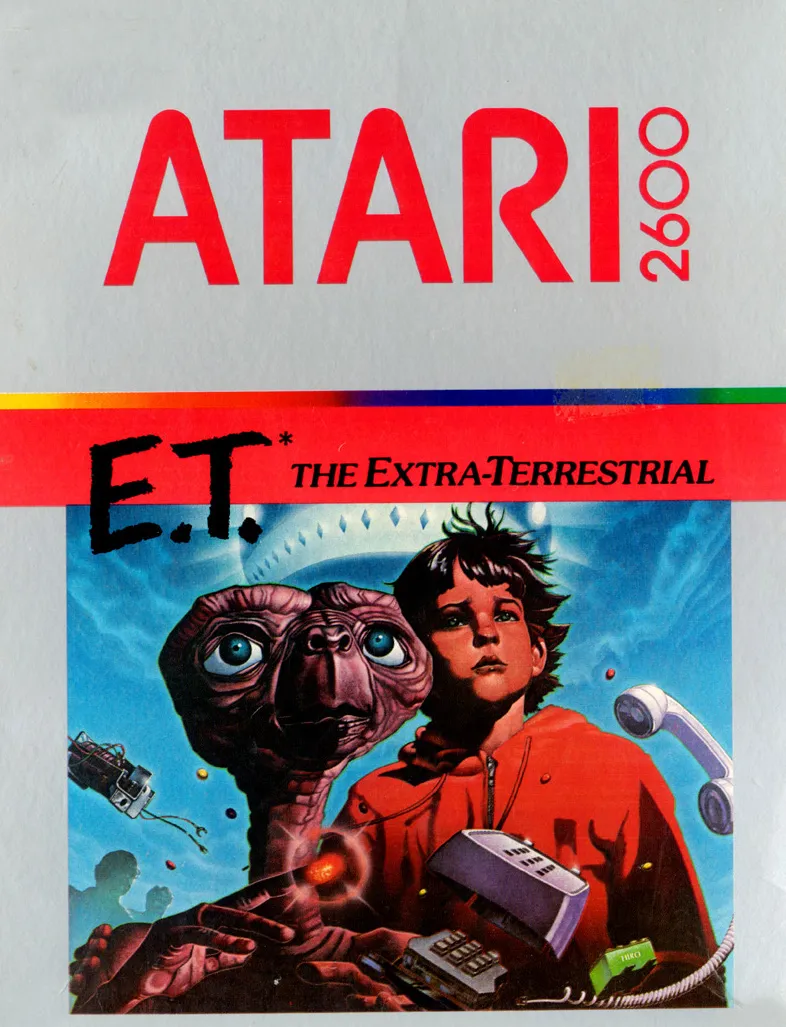Why Did Nintendo Save Video Games in the 80s?

Why Did Nintendo Save Video Games in the 80s?
April 11, 2024
A Brief Overview
1980 decade was marked by the video game unprecedented boom. The industry was popping up new games like popcorn, and the contribution was in part from the arcades rising. The most notable releases from this period were Space Invaders, Asteroids, Defender, Pac-Man, Centipede, and Galaga.
However, beneath the surface of this apparent success, the notorious impact on pop culture, and in consequence of a delusional fever, a cataclysmic event has risen: the 1983 video game crash. This rapid downfall was not merely a market correction. Dozens of game manufacturers and console producers went out of business.
During this article, we’ll analyse the motives why the video games market fell to its knees and the vital role of Nintendo in the post-crisis.
Quantity Over Quality: The Rise of Mediocre Games
After the video games explosion in popularity, companies rushed to capitalise on the growing demand: so, they raised the volumes of production, without caring much about ensuring their game’s quality. The customers had access to a panoply of different devices all with a huge similitude, which happened frequently.
Technology advanced, tools and resources for game development became more accessible, and that has contributed to low barriers to entry in this field: allowing independent developers and smaller studios to infiltrate within the market to catch the wave and make a quick profit.
Furthermore, the several possibilities and the fast-growing market caused companies to have a sense of urge to capitalise on the new trend. That anxiety to do it faster often resulted in incomplete or poorly polished products, lacking in depth and innovation. Also, many games were released with technical issues and gameplay flaws.
The Top 5 Worst Games of the Crash
5 – E.T. Phone Home! (in various platforms)
Many saw this game as a shameless attempt to take advantage of the success of the film. E.T. Phone Home! was a collection of uninspired mini-games released for various home computer platforms. Featuring lackluster gameplay and subpar graphics, the game failed to resonate with audiences and quickly faded into obscurity.
E.T. Phone Home! exemplifies the industry’s tendency to exploit popular franchises without regard for quality or creativity. The game’s lackluster performance further contributed to the erosion of consumer trust and confidence in the market.
4 – Pac-Man (Atari 5200)
To redeem the disappointing Atari 2600 port, Atari released an enhanced version of Pac-Man for the Atari 5200 console. Still, with improved graphics and smoother gameplay, the Atari 5200 version of Pac-Man failed to recapture the magic of the arcade original.
The underwhelming reception of Pac-Man for the Atari 5200 underscored the industry’s inability to meet consumer expectations and deliver quality experiences. The game’s tepid response made people less confident in video games, which made the industry decline even faster.
3 – Custer’s Revenge (Atari 2600)
Known for its controversial content, Custer’s Revenge for the Atari 2600 remains one of the most concerning games of the era. The game portrays an American real historical figure, General Custer, engaging in sexual assault against a native American woman.
Custer’s Revenge exemplifies the industry’s lack of common sense, with developers prioritising shock value over meaningful gameplay experiences. The game’s release impacted the video game industry’s image and has contributed to the need for stricter regulation.
2 – Pac-Man (Atari 2600)
The arcade version of Pac-Man was a monumental success, but, despite that, the Atari 2600 did not correspond to the expectations. The Atari version of Pac-Man suffered from poor graphics, low gameplay, and erratic enemy behaviour.
The release of Pac-Man for the Atari 2600 is often viewed as a prime example of the industry’s overreliance on licensed properties and rushed ports. The game’s underwhelming reception contributed to declining consumer confidence and a subsequent crash in Atari’s stock prices.
1- E.T. the Extra-Terrestrial (Atari 2600)
Widely regarded as one of the biggest commercial failures in video game history, E.T. the Extra-Terrestrial for the Atari 2600 was rushed to market to coincide with the release of the blockbuster film. Nonetheless, the game suffered from rushed development and poor gameplay mechanics, leading to widespread criticism and consumer dissatisfaction.
Around 97% Decreased in Sales
Atari’s revenue evaporated due to various factors, including oversaturation of the market with low-quality games, consumer fatigue, and a lack of quality control. The company’s flagship product, the Atari 2600 console, faced intense competition from other consoles and a flood of poorly designed games, leading to a sharp decline in sales.
It’s widely acknowledged that Atari experienced a significant downturn in sales during the crash, with some estimates suggesting a decline of up to 97%. This drastic decline in sales had a profound impact on Atari’s financial stability and reputation within the industry, ultimately contributing to the broader industry downturn during that time.
Nintendo Step In
When game enthusiasts, developers, investors, companies, and general consumers, were losing hope in the industry after the tremendously premature downfall, Nintendo entered the market. This crucial moment is being remembered until today, when Nintendo offered a beacon of hope with its commitment to quality and innovation.
Nintendo’s strict quality control measures provided a strong contrast comparing with the mediocre games produced before. By enforcing rigorous standards for game development and publishing, Nintendo ensured that only high-quality titles reached consumers. This approach restored faith in the medium and laid the groundwork for the industry’s recovery.
The company’s iconic franchises, such as Super Mario Bros. and The Legend of Zelda, set new standards for gameplay, graphics, and storytelling, captivating audiences worldwide and awakening interest in video games.
The release of NES, with its innovative hardware and software innovations, set it apart from its predecessors and competitors. With its powerful 8-bit CPU and intuitive controller design, the NES offered an unparalleled gaming experience that captivated players of all ages. Meanwhile, the console’s extensive library of high-quality games demonstrated Nintendo’s unwavering commitment to excellence.
To get to know us better, click here and explore more about our content and services!
